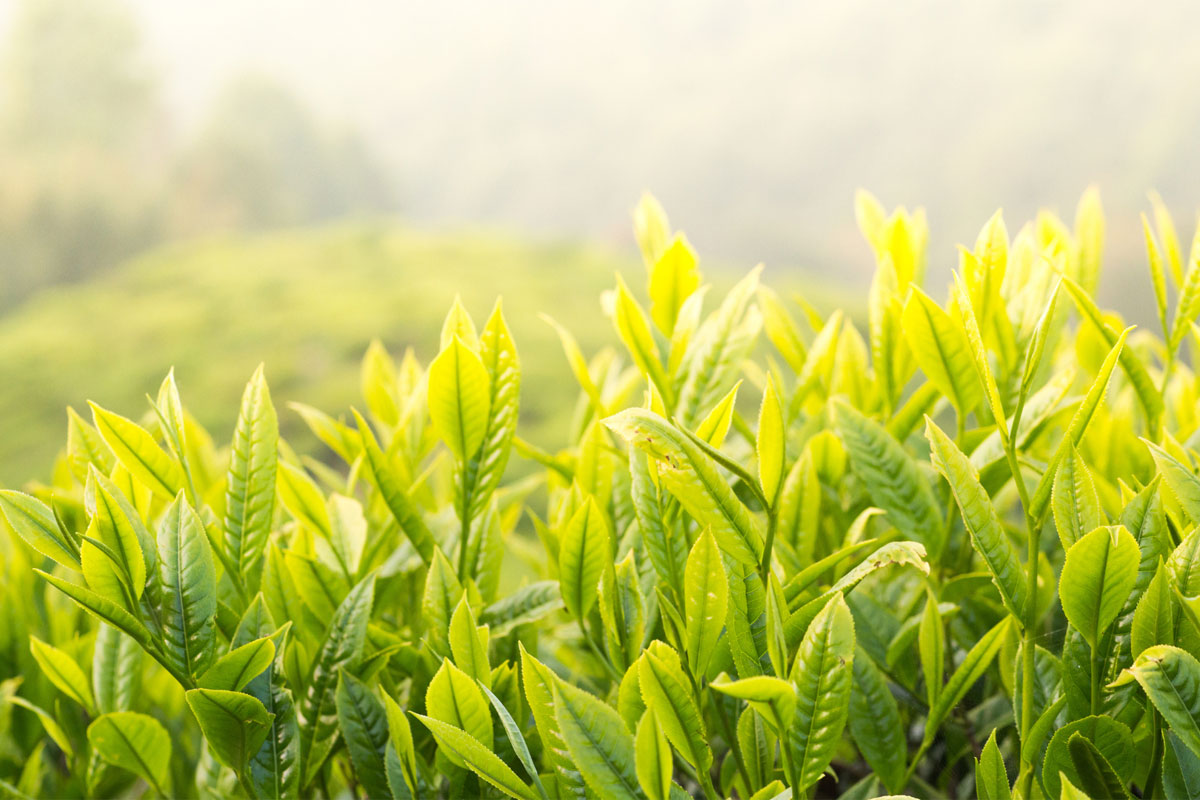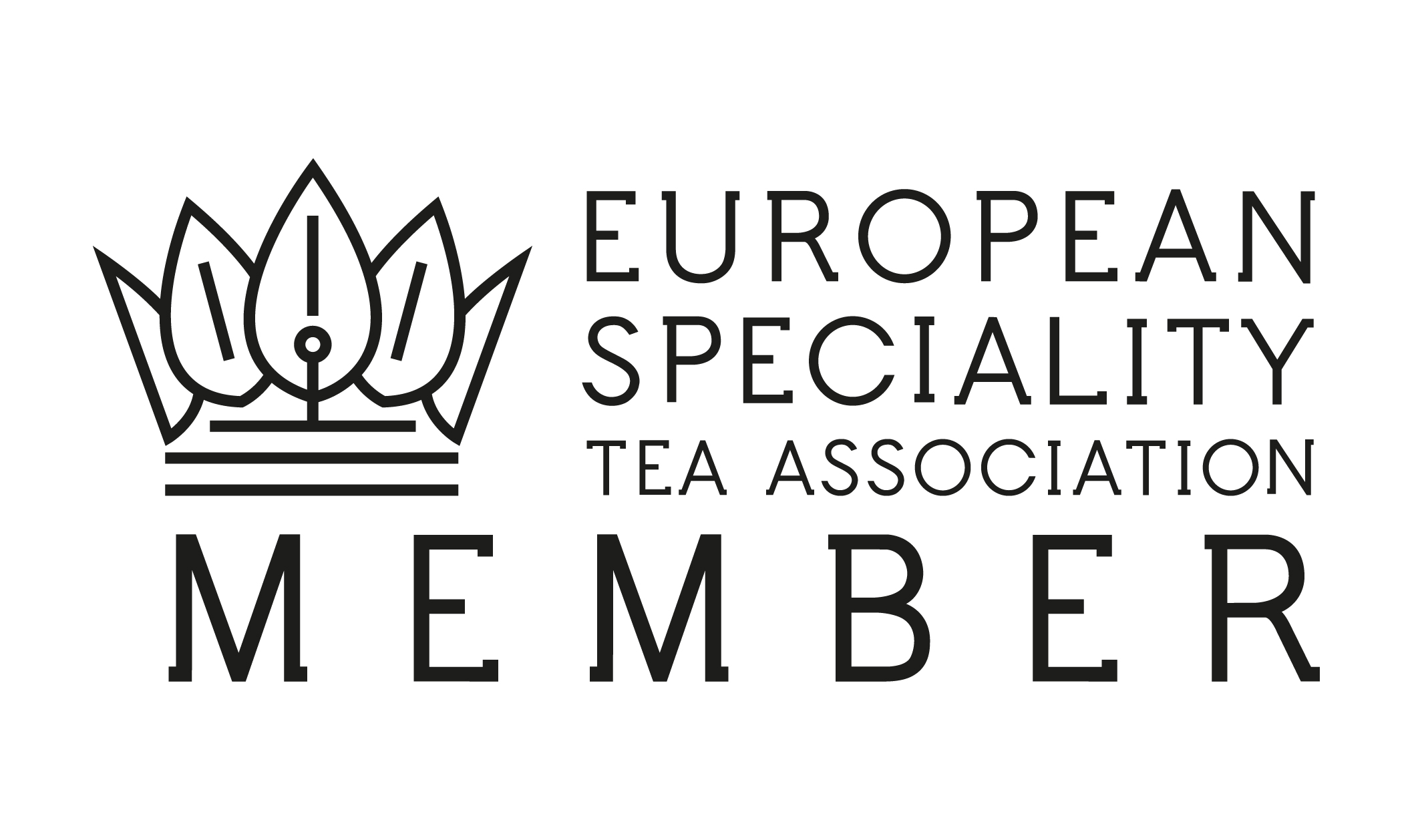
India has an incredibly well established tea industry and nestled amidst the towering Himalayas and the lush Western Ghats, grows two distinct teas which are exported the world over - Indian Darjeeling Tea and Nilgiri Tea. These two precious Indian teas are renowned for their exquisite flavours and aromas, and in this piece we’ll tell you a bit more about their origins, plus some facts surrounding how they are cultivated. When you’ve finished reading we’re sure you’ll be keen to put the kettle on!
Indian Darjeeling Tea:
-
Delicately distinctive taste with muscatel notes.
-
Grown in the misty Himalayan region of India at very high altitudes.
-
Seasonal fluctuations with prized first and second flush teas.
-
Indian tea producers have a commitment to organic and sustainable practices.
-
Indian Darjeeling Tea has a story to tell with its deep cultural heritage and historical recognition.
-
Look for Geographic Indication (GI) status which guarantees tea is from the region in question.
Celebrating Indian Darjeeling Tea
Darjeeling is beloved the world over for its delicately balanced flavour. It’s an extraordinary tea which is grown in the Darjeeling district of West Bengal, India. Darjeeling's tea gardens are found at very high elevations ( roughly 5,000 feet above sea level, on average) where a cool, moisture-rich climate and just the right soil conditions, combine to give Indian Darjeeling Tea its fabulous flavour. The monsoon rains also provide high moisture levels during summer, whilst the dry winter months encourage the growth of tender tea leaves.
Darjeeling's tea estates are relatively small in scale and can be found scattered amongst hillsides, with each estate offering a slightly different flavour profile, derived by the specified altitude, weather, and soil that’s found there. The Darjeeling tea industry in India adheres to both traditional and sustainable cultivation processes, with many estates employing the latest organic practices. This commitment to environmental responsibility helps to ensure the prosperity and longevity of the revered Darjeeling tea gardens.
Indian Nilgiri Tea:
-
Brisk, full-bodied, and fragrant with floral aromas.
-
Does very well in the unique microclimate of the Western Ghats.
-
Highly versatile and used in many tea blends, including the infamous Earl Grey tea.
-
Provides consistent quality throughout the year.
-
Sustainably grown by farmers who embrace eco-friendly cultivation practices.
-
Geographic Indication (GI) status ensures origin protection.
With the Indian Darjeeling tea industry thriving in the east, over in the Western Nilgiri hills, in the state of Tamil Nadu, Indian Nilgiri Tea, also called "Blue Mountain Tea," is equally celebrated for its distinctive qualities. Nilgiri tea leaves are generally bigger and darker in colour than leaves of Darjeeling origin, resulting in a richer, more malty brew.
The Nilgiri region is a UNESCO World Heritage site known for the fantastic biodiversity it contains. The tea gardens here are positively thriving in unique microclimates which gives Indian Nilgiri Tea its unmistakable flavour. Indian Nilgiri Teas could be described as having a brisk and lively character that have a floral aroma. Much like Darjeeling, Nilgiri teas have also received the Geographic Indication (GI) status from the Tea Board of India, underscoring their significance in the global tea industry.
Indian Nilgiri Teas are very versatile and can be enjoyed as they come, or with a dash of milk and a teaspoonful of sugar. Indeed, the tea is so versatile that it is used in various tea blends, such as Earl Grey and English Breakfast teas. The floral and fragrant notes of Nilgiri tea pair very well with the citrusy flavours of bergamot found in Earl Grey, creating a truly harmonious cup of tea.

